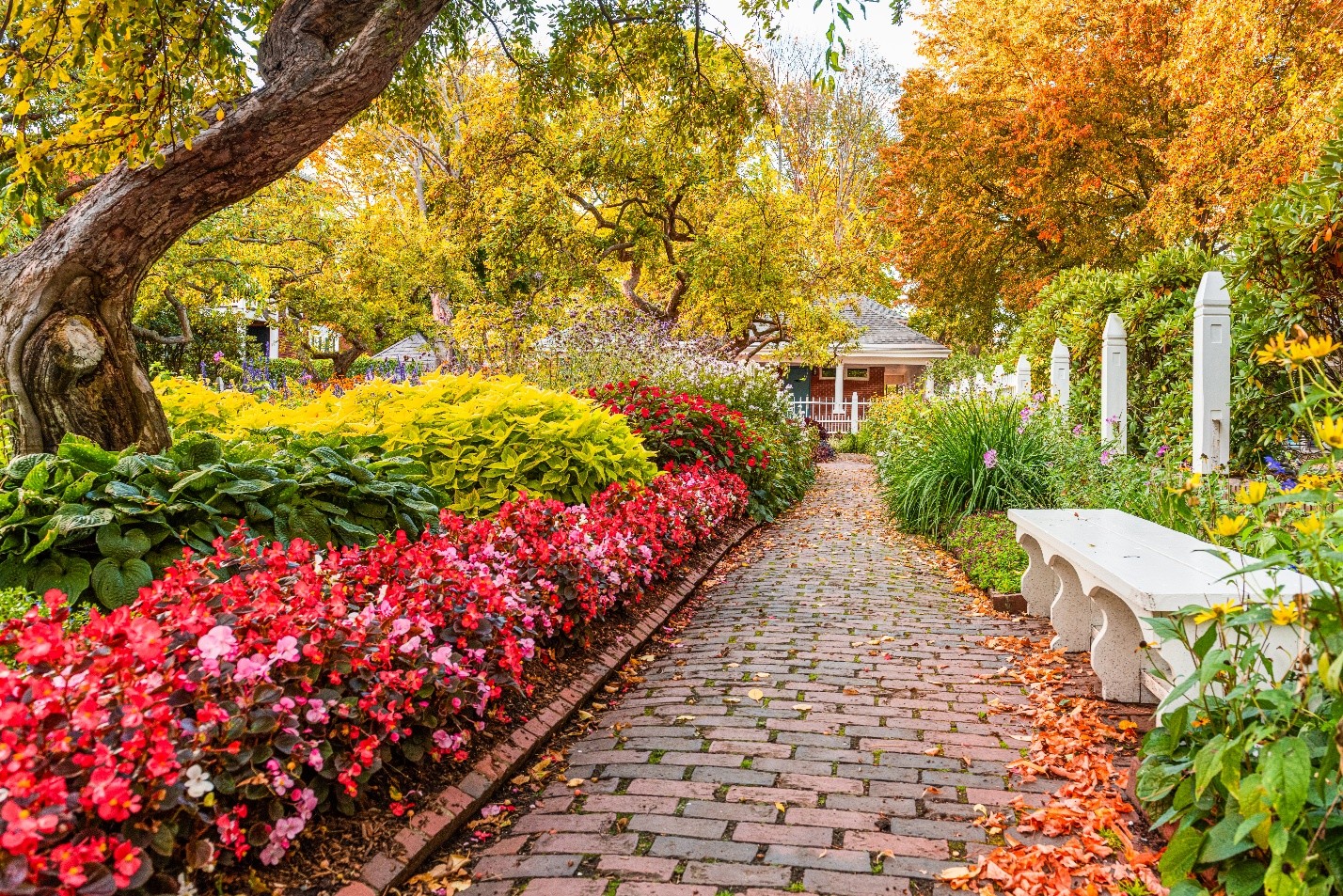As the seasons change, so do the maintenance needs of your homeowner’s association (HOA). Fall is one of the most important times of year to get ahead on upkeep. Preparing now not only helps protect your community from costly winter damage and safety hazards, but also ensures that everything will be in good shape come spring. Regular seasonal maintenance supports safety, the community’s aesthetic, and long-term property value.
Below are key fall maintenance tasks every HOA board should keep on its radar.
Inspect Building Exteriors
Cooler temperatures and wet weather can make minor exterior issues worse if left unaddressed. A thorough inspection now helps avoid costly surprises later.
- Check for water damage: Look for soft or damp building materials and musty odors. Both can signal hidden leaks.
- Inspect the roof: Missing shingles that are visible from the ground, cracks, or sagging areas may let water in during heavy rain or snow.
- Ensure windows and doors are airtight: Sealing drafts and replacing weather stripping keeps homes energy-efficient and prevents high heating bills.
Prepare for Wet Winter Weather
Storms can cause major headaches if gutters and drains aren’t clear.
- Clean gutters and storm drains: Remove debris and clogs to prevent water overflow and flooding in common areas.
- Remind residents to do the same: A simple community-wide reminder helps homeowners protect their own property while reducing potential damage to shared spaces.
- Stormwater Management: Verify that required maintenance has been done for stormwater devices – ponds, lakes, swales, BMPs. Address any necessary repairs proactively to avoid bigger bills or fines later.
Focus on Landscaping and Common Areas
Fall is the ideal time to get landscaping projects wrapped up and set the stage for spring growth.
- Walk the grounds with your landscaper: Discuss seasonal needs and confirm the work aligns with your budget and governing documents.
- Plant new shrubs or trees: Cooler temperatures and moist soil help them establish roots before spring.
- Fertilize plants and flowers: Extra nutrients help plants withstand the stress of winter.
- Remove dead branches and trim trees: This reduces the risk of falling (or flying) limbs during storms.
- Consult an arborist if needed: If trees appear diseased or weak, a professional can provide guidance and care.
Inspect High-Traffic Outdoor Areas
Safety is always a top priority, and common areas tend to see heavier use during the holidays.
- Secure hand railings: Loose rails can quickly become dangerous in icy or wet conditions.
- Repair uneven pavement: Cracks and uneven sidewalks are slip-and-fall hazards.
- Check outdoor lighting: Ensure all fixtures are working and provide adequate illumination for walkways and parking areas.
Gather Winter Supplies
Even if your community isn’t prone to harsh winters, being prepared is always smart.
- Stock essential items: Keep salt, shovels, ice scrapers, and de-icing agents ready for use in common areas.
- Check that emergency equipment is working: communities that are not used to cold weather can suffer greatly if precautions aren’t taken. Identify exposed pipes and have a contingency plan for heating in the event of an unexpected freeze.
- Plan for unexpected weather: A sudden snow or ice event won’t majorly disrupt community safety if you’re well-prepared.
Final Thoughts
Each season brings its own set of responsibilities, and fall is no exception. By keeping up with these maintenance tasks, your HOA can prevent costly repairs, keep residents safe, and maintain the beauty of your community year-round. A proactive approach ensures that, when winter weather arrives, your association is ready.
About Community Association Management Services
In business since 1991, CAMS has grown to become North and South Carolina’s premier community management company. With experienced local managers in each of its nine regions, CAMS provides innovative solutions to the community associations it serves. To learn more, visit www.camsmgt.com/choose-cams.


